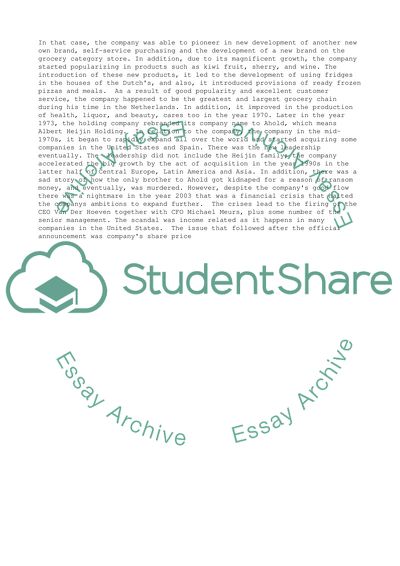Cite this document
(Corporate Scandals Essay Example | Topics and Well Written Essays - 2000 words, n.d.)
Corporate Scandals Essay Example | Topics and Well Written Essays - 2000 words. https://studentshare.org/business/1851071-corporate-scandals
Corporate Scandals Essay Example | Topics and Well Written Essays - 2000 words. https://studentshare.org/business/1851071-corporate-scandals
(Corporate Scandals Essay Example | Topics and Well Written Essays - 2000 Words)
Corporate Scandals Essay Example | Topics and Well Written Essays - 2000 Words. https://studentshare.org/business/1851071-corporate-scandals.
Corporate Scandals Essay Example | Topics and Well Written Essays - 2000 Words. https://studentshare.org/business/1851071-corporate-scandals.
“Corporate Scandals Essay Example | Topics and Well Written Essays - 2000 Words”. https://studentshare.org/business/1851071-corporate-scandals.


